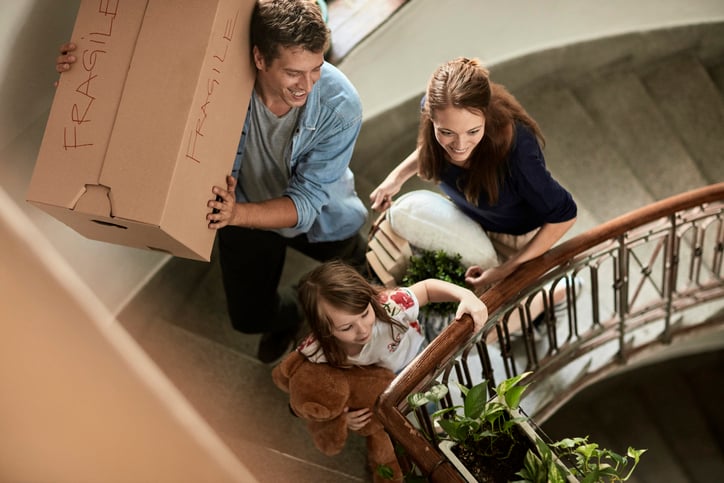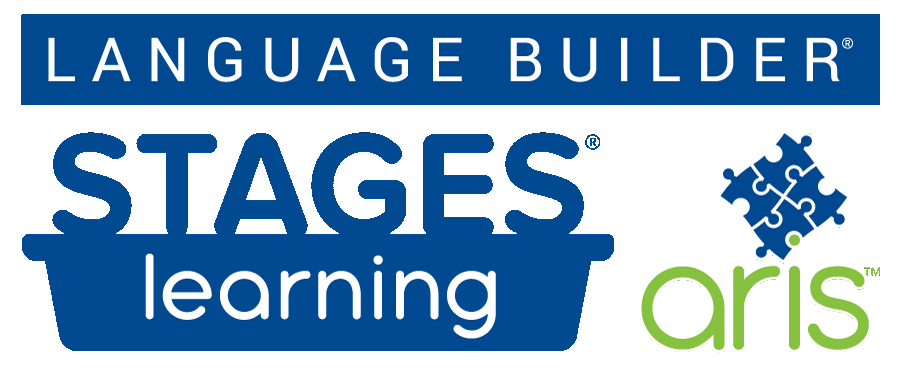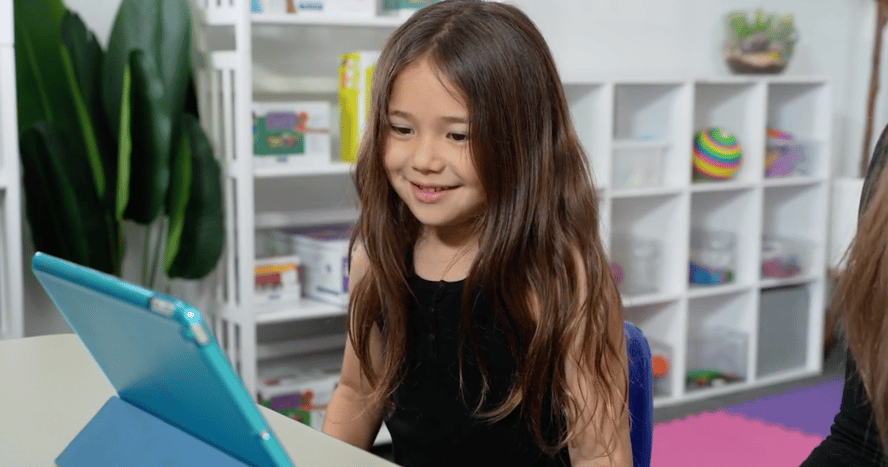
12 Tips for Supporting Autistic Children During a Move
While times of transition can be hard for all of us, autistic children may struggle more than neurotypical children due to difficulty processing changes in daily routines, schedules, and living environments. As a result, it is important to consider several factors that can be modified to make the transition period a bit easier when planning a move.
Specific strategies for supporting an autistic child during a move include:
- Preparation and explanation
- Visual schedules
- Social narratives
- Actively involving your child
- Visiting your new neighborhood
- Planning fun ways to explore the area
- Providing positive feedback, reinforcement, and encouragement
- Keeping calm and making new memories
- Involving your child in the decision-making process
- Labeling boxes logically and keeping important items accessible
- Working collaboratively and keeping stress levels in check
- Remembering that routine and consistency are key
1. Preparation and explanation
Planning and explaining the moving process to your child in advance, at a level they can easily understand, is an important first step when transitioning to a new house. Keep your child’s level of comprehension in mind as you explain the context of moving and consider using developmentally appropriate language to illustrate key concepts you wish to emphasize.
2. Visual schedules
Incorporating visual schedules can be a helpful way to support your autistic child throughout the moving process. These schedules can be used to help your child grasp a sequence of events that will take place during the adjustment period. Alternatively, visual schedules may also be implemented after the move to help your child establish a daily routine in the new home.
Using visual schedules on moving days can be especially beneficial as they help introduce the sequence of events beforehand–giving your child an opportunity to prepare for what lies ahead. A visual schedule for the moving day might include pictures of activities like packing boxes, loading up the truck, driving to the new home, and beginning the unloading process upon arrival. When possible, be sure to include some daily activities that your child is used to, enjoys, or already has as a part of their daily routine. Keep meal times and sleep schedules as close to your child’s normal routine as possible.
3. Social narratives
Social narratives are another supportive approach for helping children understand the moving process as well as what to expect when transitioning to a new home. Social narratives provide examples of what a moving day might look like to assist autistic children in preparing for a change in environment, schedule, or routine.

4. Actively involving your child
Strive to make the moving process fun, exciting, and engaging by involving your child as much as possible. Consider creating games that can be played together as packing and unpacking occur. For instance, have your child help with sorting items into color-coded boxes and bins based on their level of development and ability.
Keep age-appropriate activities in mind, and capitalize on the use of rewards that your child enjoys. After sorting through clothes, toys, games, and other personal belongings together, take your child to their favorite park, ice cream shop, or restaurant to celebrate the completed task!
5. Visiting your new neighborhood
If possible, visit the new location or neighborhood with your child ahead of time. This will give your child a chance to develop a mental picture of where they will be moving, and it can help them get excited about the adjustment. Alternatively, if the move is across the country, online websites–like Google Maps–can be used to provide a visual representation of the new location before moving.
Consider reaching out to family or friends in the new area, and set up a playdate or video chat to help your child feel more comfortable about the move. The more familiar your child is with their new home, area of town, and the moving process at large, the more likely moving day will be a success. Furthermore, it is important to give your child sufficient time to process the relocation on their own. Don’t push your child too far out of their comfort zone but be sure to regularly suggest activities that can help the adjustment take place more smoothly.

6. Planning fun ways to explore the area
Make exploring your new neighborhood into an exciting and engaging game. Consider playing scavenger hunt in your house or backyard–or at the neighborhood playground or pool. Invite family, friends, and neighbors over for your child to interact with. If your child is attending public school, reach out to the school to see if you can set up a time for your child to meet their teacher and new peers. The more opportunities your child has to make new friends, the better, but–at the same time–don’t overload your child with too many new experiences at once!
Parents and extended family members may be able to assist in the unpacking process as well. When all hands are on deck, the moving process is often less stressful.
7. Providing positive feedback, reinforcement, and encouragement
Providing positive feedback, reinforcements, and rewards to your child throughout the moving process helps them celebrate the little wins–such as successfully unpacking an entire box or setting up parts of the kitchen. Give clear instructions so that your child understands when to expect a break, and be sure to regularly structure rewards.
Benjamin, for example, will earn a 15-minute break to watch an episode of his favorite TV show, Paw Patrol, after he helps unpack three boxes in the kitchen. By providing regular breaks and rewards during the unpacking process, your child will be more likely to participate in unpacking as they adjust to the new living environment, familiarize themselves with their surroundings, and adapt to changes in daily schedules, activities, routines, and habits.
8. Keeping calm and making new memories
Keep calm during packing, moving, and unpacking because your child is likely to pick up on the emotions and attitudes you display throughout the process. When things go awry or plans do not take place as expected, keep your cool and remind your child that everything will be okay–even if there are a few bumps along the way!
Consider making new memories with your child by introducing special weekly events. Activities like family picnic nights, living room campouts, or evening movie times in the new house can be a fun way to support your child throughout the adjustment. Scheduling these events in advance gives your child something to look forward to and can help make the transition less daunting and more exciting.

9. Involving your child in the decision-making process
Let your child make simple choices and include them in the decision-making process during the move. Allow your child to make choices by allowing them to choose between two different options, according to their comprehension level.
An easy way to include your child is by asking them if they prefer to pack the books from their bookshelf in a bag or box. Once a decision is reached, support the choice your child makes. Then, be sure to aid in the packing, unpacking, and transition process throughout the move, giving your child a chance to make choices when possible and appropriate. Remember that providing a little autonomy goes a long way!
10. Labeling boxes logically and keeping important items accessible
Keep your child’s favorite games, toys, books, crafts, snacks, blankets, and stuffed animals in an easy-to-access location during the move. Have snacks, movies, music, and entertaining activities on hand to keep your child engaged, especially during big transition times–like moving day and when unpacking boxes in the new house. By providing as much consistency as possible, your child will be able to remain calm and more regulated throughout the process.
11. Working collaboratively and keeping stress levels in check
It is essential to work collaboratively as a team during the move. Get all hands on deck by asking friends and family members to assist with packing and unpacking. Don’t be afraid to ask grandparents or close friends to watch your child for a day as you pack, unpack, or decompress.
Moving is a big life change and stressor for many, so be sure to keep your stress levels in check. Your child is likely to pick up on feelings of panic, overwhelm, and stress; therefore, strive to keep as calm as possible. Try pausing and taking a few deep slow breaths when things start to feel too stressful.
12. Remembering that routine and consistency are key
Throughout the entire moving process, maintaining consistency and routine is crucial. For many autistic individuals, knowing what will happen next is important, and adhering to your child’s usual routine provides a sense of structure. When possible, schedule snacks, meals, naps, and any other activities your child is accustomed to in their daily routine. Strive to keep bedtime at a regular time as well.
Summary
In the end, providing your child with structure, stability, and support throughout the moving process goes a long way. Although there are bound to be a couple of hang-ups along the way, keeping as calm as possible when changes arise will help your child remain regulated, resilient, and rational. Remember to sprinkle in fun activities and reward your child for listening well, following instructions, lending a helping hand, and adapting to new changes in schedule and routine!
As you're preparing for your move, we have also created a checklist for you to use with your family!
What strategies have you used to support an autistic child during a move? We would love to hear from you in the comment section below!
This article was based, in part, on the following sources:
https://www.healisautism.com/post/moving-homes-children-autism
https://www.homelight.com/blog/buyer-settling-kids-into-a-new-house/
https://livingautism.com/make-moving-house-easier-for-child-on-the-autism-spectrum/





